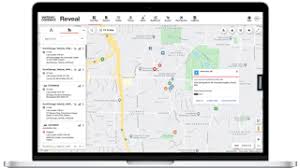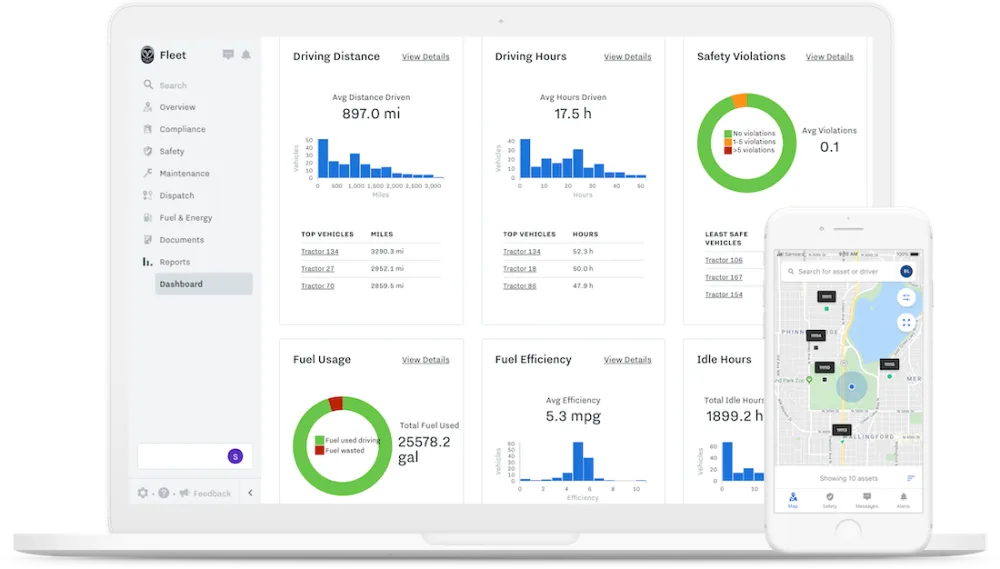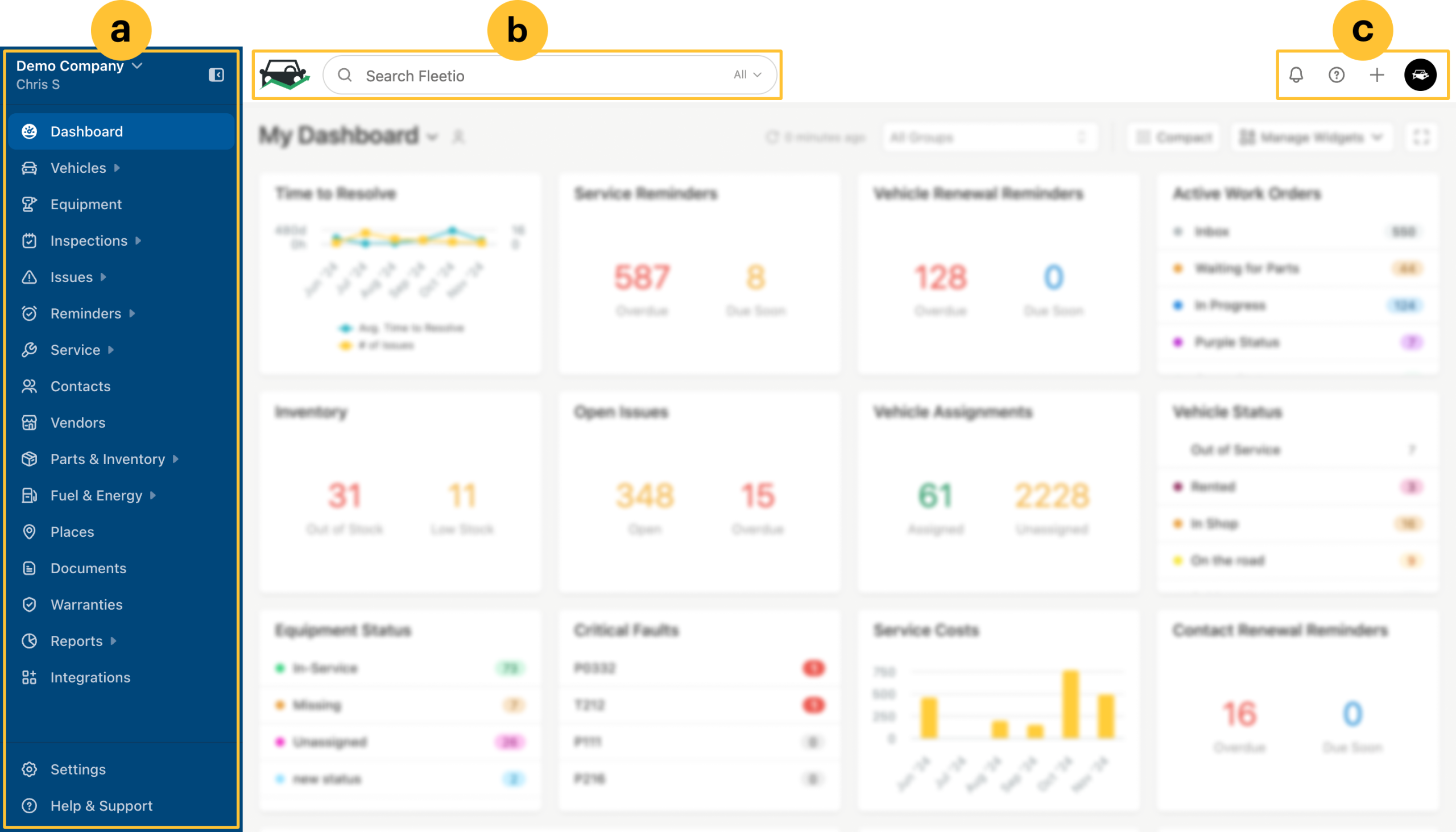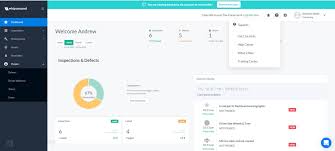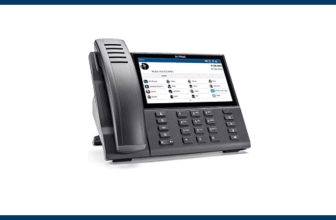
Key Takeaways
- Dealing with vehicles becomes easier for small companies using fleet management software which also cuts costs and improves both safety and efficiency.
- Using web solutions means you can access, grow and link your business systems together.
- The best fleet management software for small businesses balances essential features with affordability.
- With AI and predictive analytics, managing fleets now allows companies to plan ahead for maintenance, choose the best routes and monitor their drivers.
- Problems with training and adoption can be solved by making sure everyone is involved, communication is clear and the system is simple to use.
Web-Based Fleet Management Software
You understand as a small business owner that taking care of your vehicle fleet well helps your business succeed. Web-based fleet management software features comprehensive solutions to help you achieve this goal while maximizing the benefits of fleet management systems, such as cost reduction and improved efficiency. All of these cloud systems support real-time GPS tracking, vehicle observation, maintenance setup, fuel use, analysis of driver actions and route organization which can be accessed from any connected device.
Scalability is a major advantage of using web-based fleet management software. If your business expands and you need more vehicles, these systems can handle the extra demands. Besides, many of these applications easily connect to other systems in your business, improving your workflow and saving resources.
5 Best Fleet Management Software Tools for 2025
The section below outlines vendors in bullet points and their pros and cons are listed under each one.
Verizon Connect gives companies of all sizes a reliable way to improve their fleet operations, keep drivers safe and be compliant. It brings vehicle tracking, monitoring driver actions and looking after company assets together on one system.
Verizon Connect
Large enterprises and mid-sized businesses managing extensive fleets (typically 50–500+ vehicles), especially in transportation, construction, utilities, field services, oil & gas and government needing compliance and granular asset supervision
Rasons to buy
- + Precise, real-time GPS vehicle and asset tracking for improved visibility and dispatch
- + Advanced driver safety monitoring, including AI dashcams and behavior analytics
- + Comprehensive compliance tools
- + Deep analytics and customizable reporting
- + Strong asset management, including equipment and trailer tracking
Possible Drawbacks
- –Complex interface and steeper learning curve
- –Software and hardware reliability issues
- –Overkill for small fleets or businesses with basic needs
- ● Customized quotes are provided based on fleet size
Samsara is built to give businesses tools to increase safety, make operations more efficient and ensure they comply with rules. Real-time GPS, AI dash cams, car diagnostics and mobile options are all incorporated into a single easy-to-use system.
Samsara
Best for mid-to-large fleets, safety-focused operations, data-driven organizations, businesses managing multiple asset types, and those prioritizing user-friendly, integrated solutions.
Rasons to buy
- + Real-time vehicle tracking
- + AI-powered dash cams for enhanced safety
- + Route optimization and maintenance scheduling
- + Compliance automation for regulatory requirements
- + Advanced analytics and actionable reporting
Possible Drawbacks
- –Steep learning curve
- –Feature overload for simple needs
- ● Starting at $27–$33 per vehicle per month
- ● ardware costs range from $99–$148 per vehicle
Fleetio is a software platform that helps teams handle their vehicles and equipment with ease, modern tools and efficiency.
Fleetio
Best suited for small to mid-sized businesses and organizations with at least five vehicles, including couriers, contractors, emergency service providers, municipalities, trucking companies, manufacturers, parts distributors, and tour operators
Rasons to buy
- + Robust and customizable analytics and reporting
- + Strong mobile app support for field teams
- + Easy integrations with telematics and fuel card providers
- + Preventive maintenance scheduling and reminders
- + Digital inspections and work order management
Possible Drawbacks
- –No built-in live GPS tracking
- –Five-vehicle minimum for subscriptions
- –No 24/7 customer support
- ● Essential: $4 per vehicle/month
- ● Professional: $7 per vehicle/month
Whip Around helps companies handle the inspections, repairs and legal requirements for their fleets. It allows drivers to use a mobile app for inspection which automatically sends the information to a web platform for managers to review.
Whip Around
Best for fleet managers in transportation, logistics, delivery, construction, government, oil and gas, waste management, passenger transport, landscaping, and service-based businesses needing digital inspections, maintenance, and compliance management
Rasons to buy
- + Centralizes inspections, maintenance, and compliance in a single digital platform
- + Eliminates paper forms and manual DVIR processes
- + Customizable forms, mandatory photos, and real-time alerts for thorough inspections
- + Robust defect management, work orders, inventory tracking, and maintenance scheduling
Possible Drawbacks
- –Per-asset pricing can become costly for large fleets
- –Some advanced features require higher-tier plans
Motive is made to assist companies with commercial vehicles by improving safety, making operations more efficient and ensuring compliance. It makes it possible to get up-to-date information about how your fleet is running.
Motive
Suited for fleet operators and managers in the trucking industry, including small owner-operators, family-owned businesses, and large enterprise fleets. Especially suitable for businesses needing compliance, safety, and operational efficiency, from a few vehicles to hundreds
Rasons to buy
- + AI-powered automation for safety, compliance, and fleet management
- + Real-time GPS tracking and geofencing for efficient dispatch and reduced detention time
- + Easy-to-use interface designed for minimal training and quick adoption
- + Driver scorecards and AI dashcams for proactive risk management and coaching
Possible Drawbacks
- –No public pricing
- –One-plan-fits-all approach may not suit businesses seeking highly customized feature sets
- ● Pricing is quote-based and tailored to each customer’s fleet size, contract terms, and required features
They give you a variety of tools, including GPS monitoring and AI-based analysis, so you can buy the one that best matches your needs and budget. Look at the benefits and drawbacks of every software to choose the one that meets your small business’s specific needs and goals.
What Is the Best Fleet Management Software for Small Businesses?
Even though the “best” fleet management software can differ based on your situation, you should keep a few main features in mind. A good solution should give you:
- Most packages are priced at around $3-$25 a month per vehicle
- Key features like GPS tracking, scheduling maintenance and handling fuel.
- Simple ways to use the system through interfaces and apps for fast adoption.
- A system that can handle your business growth as your fleet evolves
Small businesses often turn to Fleetio because it combines a good range of tools with affordability. You can sign up for Fleetio with plans as low as $5 per vehicle per month and still get all the main features.
Top Fleet Management Software to Drive Business Efficiency
Besides the basic features, the best fleet management software can make your business run more smoothly by including advanced features such as:
- Real-time vehicle tracking and route optimization: Track your fleet’s location and see performance updates instantly, while licensing route optimization taking into account traffic, weather and other factors.
- Predictive maintenance capabilities: Anticipate problems in vehicles due to AI and machine learning which can help you avoid downtime, reduce maintenance costs and improve the reliability of your vehicles.
- Fuel consumption analysis and optimization tools: Optimization tools and analysis for fuel: Discover how your fleet uses fuel and look for ways to decrease your fuel bills.
- Driver performance monitoring and coaching features: Help monitor driver behavior, offer useful coaching tips and offer motivation for safe and efficient driving.
- Customizable reporting and analytics: The ability to generate detailed reports on how vehicles are used, how much they need maintenance and how drivers perform helps you make smart business decisions.
Verizon Connect, Samsara and Geotab are popular among businesses because of how much they can enhance operations and financial outcomes, and Geotab are renowned for their comprehensive feature sets that can dramatically improve operational efficiency and bottom-line results.
AI and Predictive Analytics in Fleet Management
AI and predictive analytics are greatly boosting the fleet management sector, allowing companies to act ahead of issues. Using these advanced technologies, fleet management software is able to:
- Ensure predictive maintenance is possible: Analyzing real-time vehicle information, AI systems can alert you to possible failures and permit you to schedule maintenance ahead of time.
- Routes are constantly adjusted through AI which considers traffic conditions, weather and other factors at the time.
- Examine how drivers behave: By learning from records, machine learning can spot dangerous habits and suggest how to fix them.
- Use analytics to forecast both fuel consumption and related costs by analyzing past information and external changes in fuel prices.
- Allow AI to handle scheduling and dispatching efficiently by considering things like what the vehicles can hold, who is available to drive and what each customer wants. This level of fleet management automation helps businesses reduce manual effort and enhance overall efficiency.
When they use AI and predictive analytics, fleet managers can base their decisions on data, detect problems ahead of time and improve fleet performance all the time and continuously optimize fleet performance.
Employee Training and Adoption Challenges
Though fleet management software can be very helpful, there are challenges, especially training the workforce to adjust to the new system. Many challenges are faced by these companies such as:
- Workers hesitating to use new approaches because they are familiar with the old ones
- Not knowing how new technologies are useful
- It is important to train people properly to avoid accidents while using chemicals.
- Using technology together with human-based decision-making
If you want a steady transition, try these strategies to deal with these issues:
- Ask employees what they think about new software so they feel included and have more commitment to the solution.
- Make sure employees go through thorough training and are supported even after they start using the software. Keep giving support to deal with any problems or questions that may come up.
- Try to add new technology to your fleet management step by step, not all at once.
- Inform every team member about the ways the new software will benefit them, improve safety and help the company.
- Look for software that has a simple interface and mobile app, so it is easy for staff to use from the start.
If you actively handle these challenges, you can make sure your small business gets the most from the new fleet management software.
Conclusion
Good fleet management helps small businesses remain competitive. Appropriate fleet management software helps improve how operations are carried out, cuts costs and promotes safety.
Ensure the solution you pick is easy for users, doesn’t cost too much, includes important features and can grow with your business. Help staff with the change, give them training and describe the benefits to guarantee success and a good return on investment.
Properly choosing software will enable your business to handle problems and capture new opportunities in the future. Begin checking out your choices now and get moving towards a better future.


